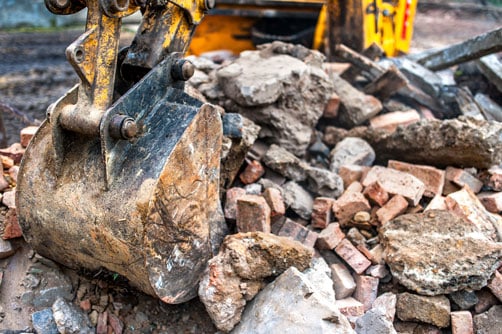First off, let’s talk about the dangers of using excavator attachments. One of the biggest risks is that the attachment can become disconnected from the excavator itself, causing serious injury or even death. This can happen if the attachment is not properly secured, or if the operator tries to use the attachment for something it’s not designed for. For example, using a bucket attachment to lift a heavy load that’s beyond its capacity can cause it to come loose and fall, which can be incredibly dangerous for anyone nearby.
Another risk is that the attachment can come into contact with overhead power lines, which can cause electrocution or even start a fire. This is particularly dangerous if the excavator is being used near power lines, as it can be difficult for the operator to judge the distance between the attachment and the wires. Even if the operator is careful, wind or other factors can cause the attachment to swing into the power lines, so it’s important to always be aware of the risk.
Now, let’s talk about some safety recommendations for using excavator attachments. The first and most important is to always follow the manufacturer’s instructions for use. This includes using the attachment only for its intended purpose, and making sure that it’s properly secured to the excavator. If you’re not sure how to use a particular attachment, take the time to read the manual or watch a video tutorial before you start.
Another important recommendation is to always do a safety check before using the excavator and attachment. This should include checking the hydraulic system, hoses, and connections to make sure that everything is in good working order. You should also inspect the attachment itself to make sure that there are no cracks, bends, or other damage that could cause it to fail.
When using the excavator and attachment, it’s important to always be aware of your surroundings. This includes watching out for power lines, nearby buildings, and other obstacles that could cause problems. If you’re working in a tight space or in an area with limited visibility, consider using a spotter to help guide you and keep you aware of any potential hazards.
Finally, it’s important to always use the excavator and attachment with care and attention. This means avoiding sudden movements or jerks that could cause the attachment to come loose or swing into something nearby. It also means being aware of your own limitations and those of the equipment – if you’re not sure whether the excavator or attachment is up to a particular task, it’s better to err on the side of caution and find another way to get the job done.
In conclusion, the use of excavator attachments can be incredibly useful for construction work, but it’s important to be aware of the risks and to take steps to mitigate them. By following the manufacturer’s instructions, doing a safety check before use, being aware of your surroundings, and using the equipment with care, you can help ensure that you and your team stay safe on the job site. Thanks for listening, and stay safe out there!
Cheers,

![]()






